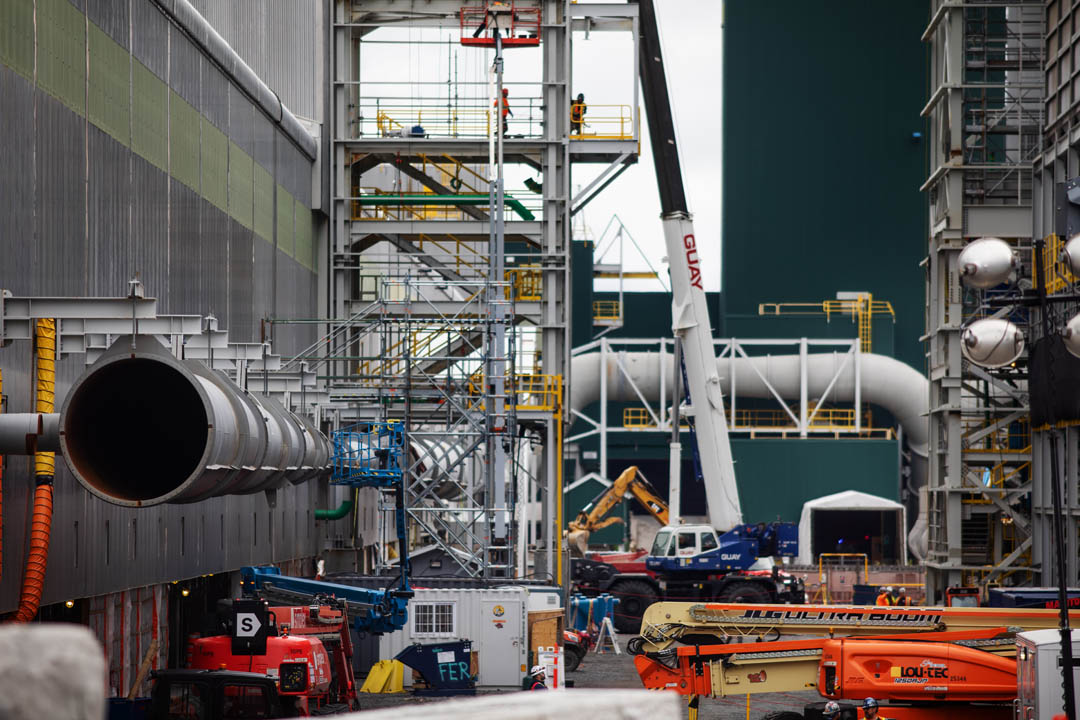AP60 Expansion Project
A major step toward a more sustainable, low-carbon future for the metals industry
Annual review 2025
Project
The Hatch partnership with Rio Tinto stretches back to the 1950s, when our founder, Gerry Hatch, left his job at Québec Iron and Titanium’s (QIT) UGS plant (now part of Rio Tinto Iron and Titanium) to start his own engineering consulting firm. For more than 70 years, we’ve worked with Rio Tinto on their landmark projects; the AP60 aluminium smelter expansion is just the latest.
Rio Tinto’s AP Technology™ is a leap toward sustainable, low-carbon aluminium production. It is among the most efficient and lowest carbon technology currently available at commercial scale. It generates one seventh the greenhouse gases per tonne of aluminium when compared to the industry average and when combined with hydroelectricity.
- 300,000 tonnes of CO₂ reduced per year
AP60 Expansion Project
Aluminium is lightweight, sustainable, and fully recyclable. It’s an indispensable metal in almost every industry and a key element in the global transition to cleaner energy solutions. In 2023, aluminium demand was at 69.9 million tonnes a year.1 By 2050, Rio Tinto estimates global demand will rise by 40–50% and will outstrip supply by 20%.2
In the early 2010s, Rio Tinto’s research and development teams in France and Canada created something almost miraculous. Operating at 600 kiloamperes, their proprietary smelting technology could produce up to 40% more aluminium per pot compared to conventional methods. In 2012, they started up their AP60 pilot smelter to prove this technology could work at a commercial scale.
We were among the partners who provided complete engineering, procurement, and construction management services for the pilot smelter, a greenfield plant with 38 reduction cells that produces 60,000 tonnes of aluminium annually.
With their AP60 technology now tried, tested, and proven, Rio Tinto knew it was time to expand operations to meet ever-growing demand. In 2023, they announced an investment of $1.4 billion to expand the smelter, adding 96 new pots to the 38 in operation. In addition to increasing its smelting capacity, the expansion will significantly support Rio Tinto’s goals to reduce its emissions by 50% by 2030 and achieve net zero by 2050.
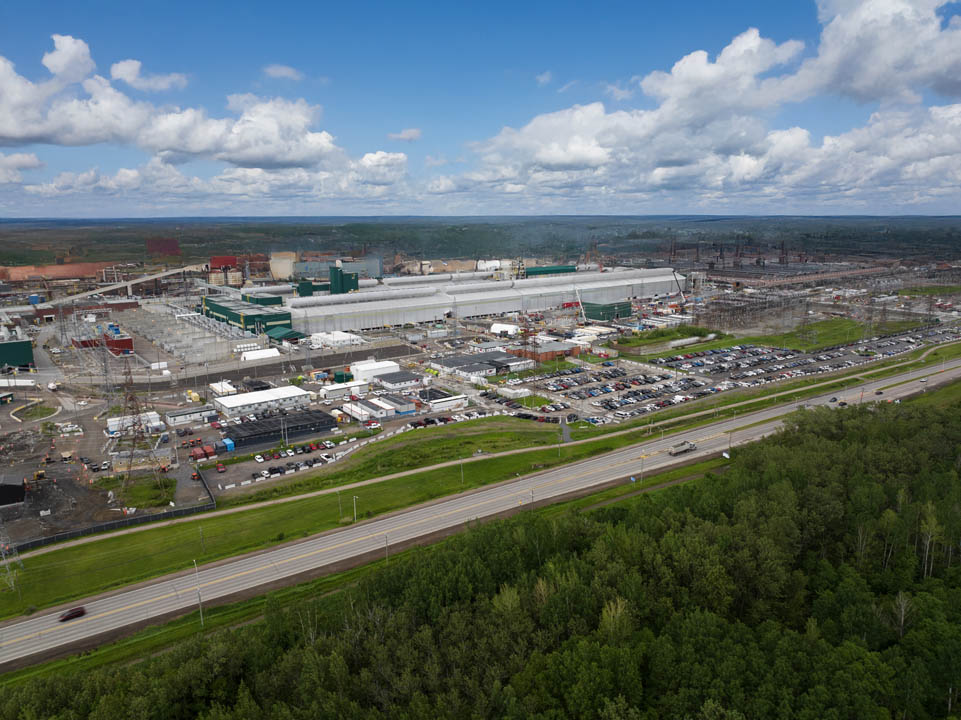
- $1B boost on the local economy
But this wasn’t a greenfield project. The Arvida complex in Québec, Canada, is a fully operational site including an alumina refinery, the original Arvida reduction lines, and the more recent 38-cell AP60 pilot plant. Space is extremely limited, meaning the project involved much more than the simple addition of new reduction cells. It needed clever pre-assembly and modularization strategies and precise logistic planning to navigate the tight space and ensure no disruptions to the existing operations.
As Rio Tinto’s integrated delivery partner, we are managing the full scope of engineering, procurement, project controls, and construction coordination on the ground. The project is complex, involving a large greenfield element as well as numerous brownfield modifications and tie-ins, each requiring intricately timed construction sequences. To feed those construction work fronts, we’ve leveraged our global network of suppliers to secure crucial equipment and diversify procurement sources. From Québec to Europe, Bahrain, and China, the project’s reach is significant.
Rio Tinto is deeply committed to the Saguenay—Lac-Saint-Jean region; its privileged access and proximity to hydroelectric power make it a highly strategic location for the company’s aluminium operations. But more than that, generations of families have worked at the long-established Arvida facility, which the AP60 smelter will gradually replace. With a wealth of generational knowledge in the area, Rio Tinto has a deep commitment to giving back to the community that helped build the backbone of its aluminium operations in Canada.

- 40% more aluminium per pot
More than 70% of the approximately 1,000 workers, contractors, suppliers, and consultants involved in the AP60 smelter expansion are from Québec’s regional workforce, creating a boost to the local economy of nearly $1 billion.
As of September 2025, the project is more than 70% complete and on track to achieve first hot metal by March 2026. When complete, the facility will reduce CO2 emissions by approximately 300,000 tonnes per year and fine particles by almost 90%.
Reflecting the long-standing collaboration between Rio Tinto and Hatch, the AP60 smelter expansion project is a major step toward a more sustainable, low-carbon future for the metals industry, the end-use sectors, and, importantly, the surrounding community of Saguenay—Lac-Saint-Jean, which helped build it from the ground up.
1 “Aluminum facts – National Resources Canada,” Government of Canada, last modified February 24, 2025, Aluminum facts - Natural Resources Canada.
2 “Our Commitment to Quebec,” Rio Tinto, last modified December 18, 2023, Our commitment to Quebec | Canada.
Explore more: Annual review 2025
- PROJECT
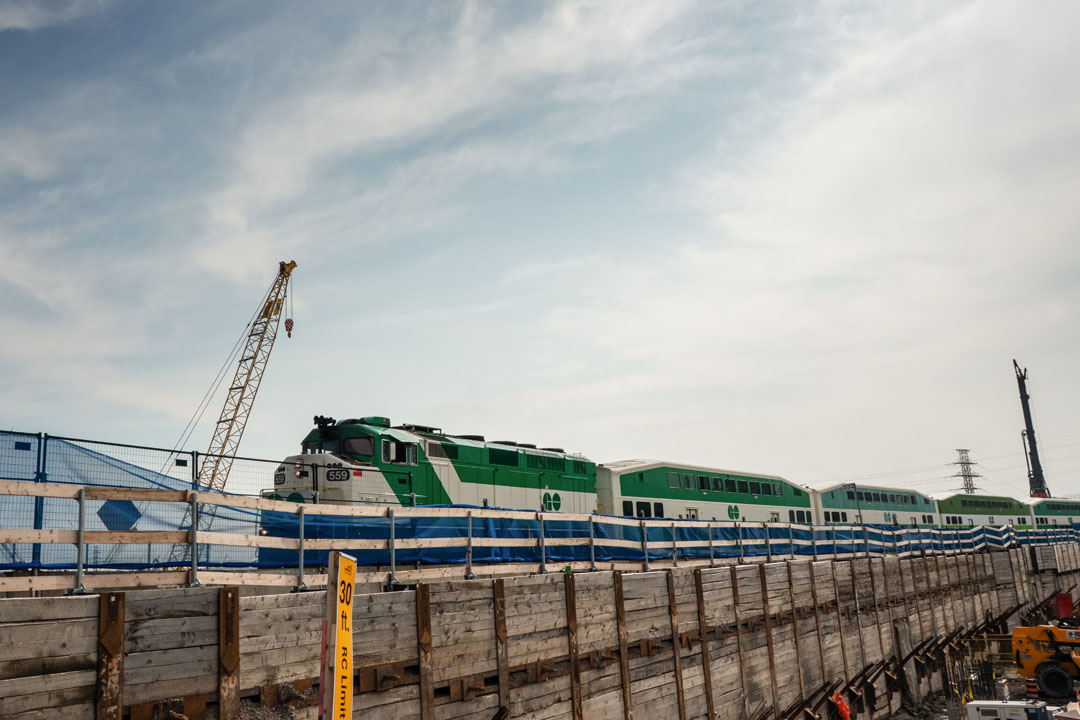
East Harbour Transit Hub
- INSIGHTS
Efficiency by design: Delivering Capital projects in today’s markets
- PROJECT

AP60 Expansion Project
- INSIGHTS
Ushering in a new era of intelligent risk-based decision making in construction
- PROJECT
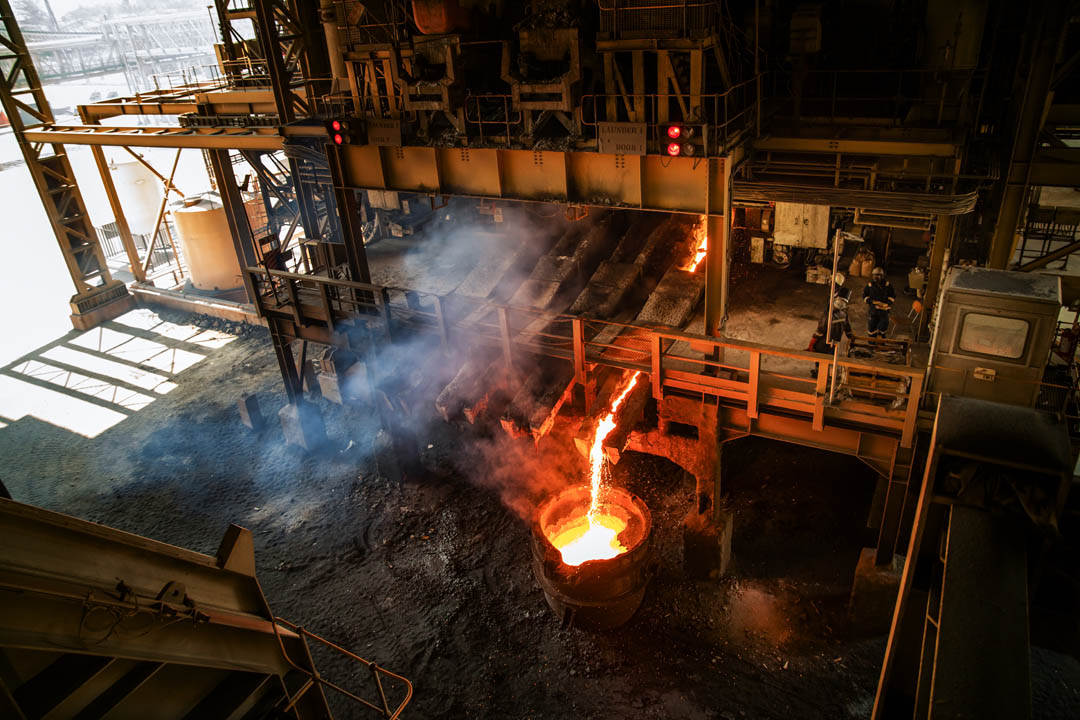
Zimplats Smelter Expansion
- INSIGHTS
Contractor delivery for successful project outcomes
- PROJECT
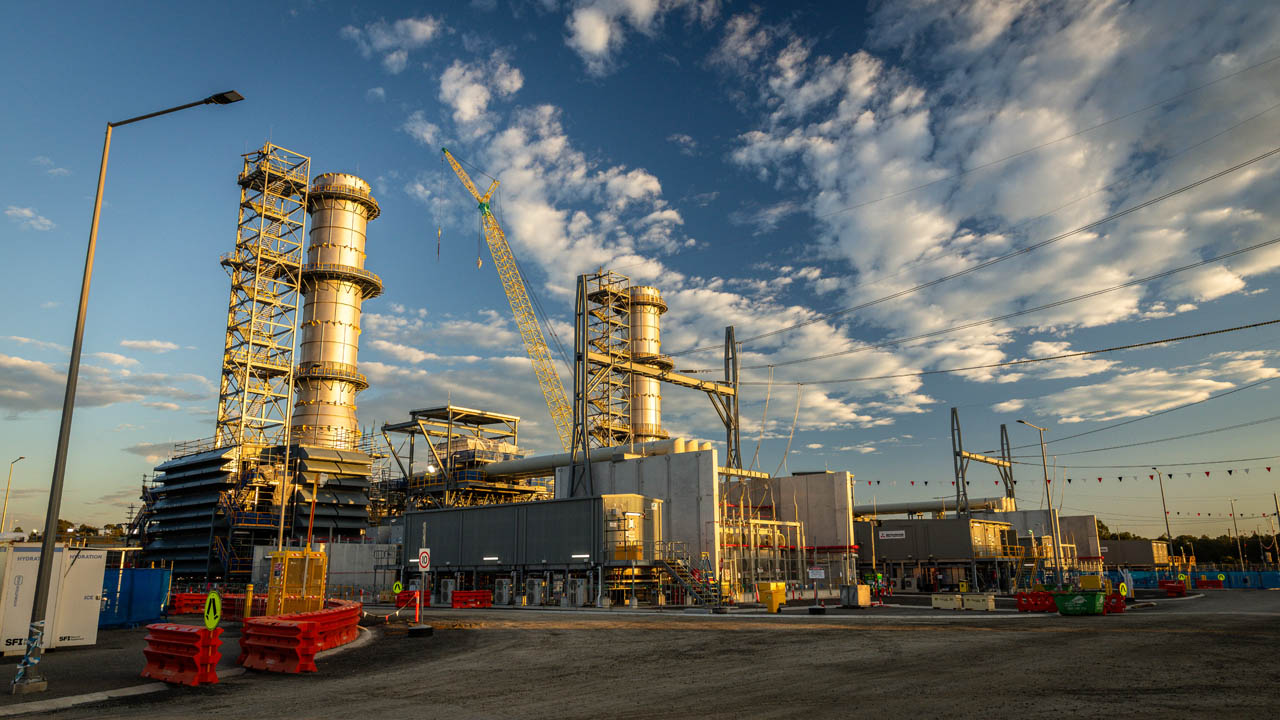
Hunter Power Project
- INSIGHTS
Are you leaving value on the table after the build?
- INSIGHTS
AI breakthrough in mineral processing unlocking millions in value
- INSIGHTS
The faster, the better? The intersection of rapid delivery and responsibility
- PROJECT

Newmont’s Yanacocha Water Transition Projects
- PROJECT
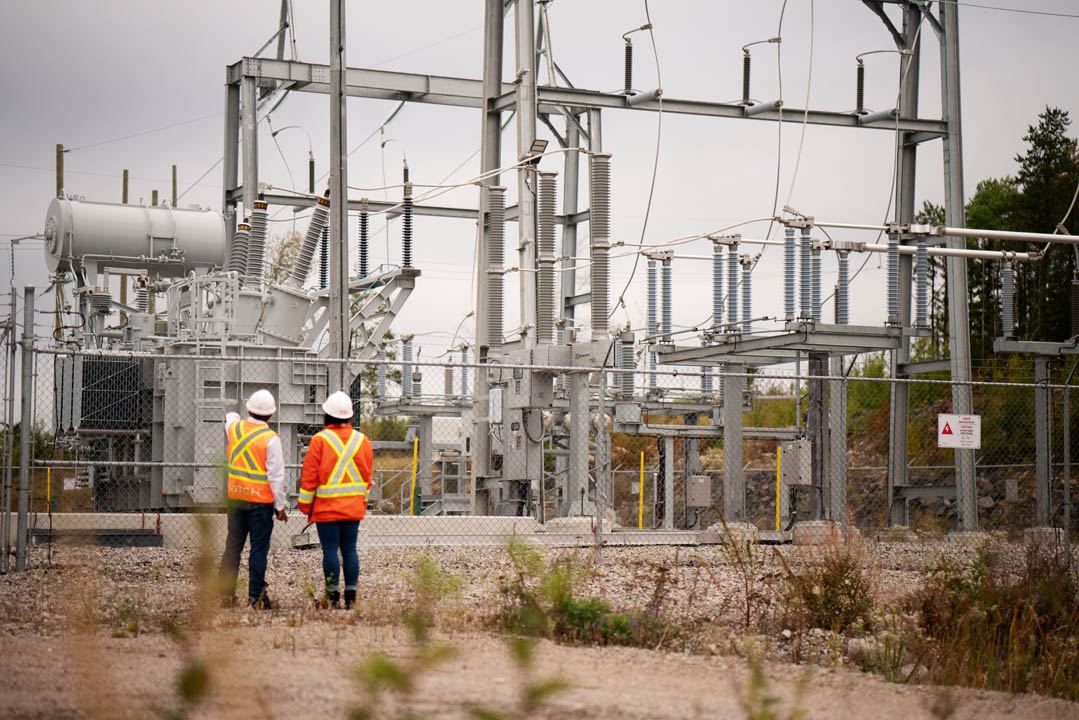
Wataynikaneyap Power Transmission Project
- PROJECT

Sound Transit’s System Expansion

